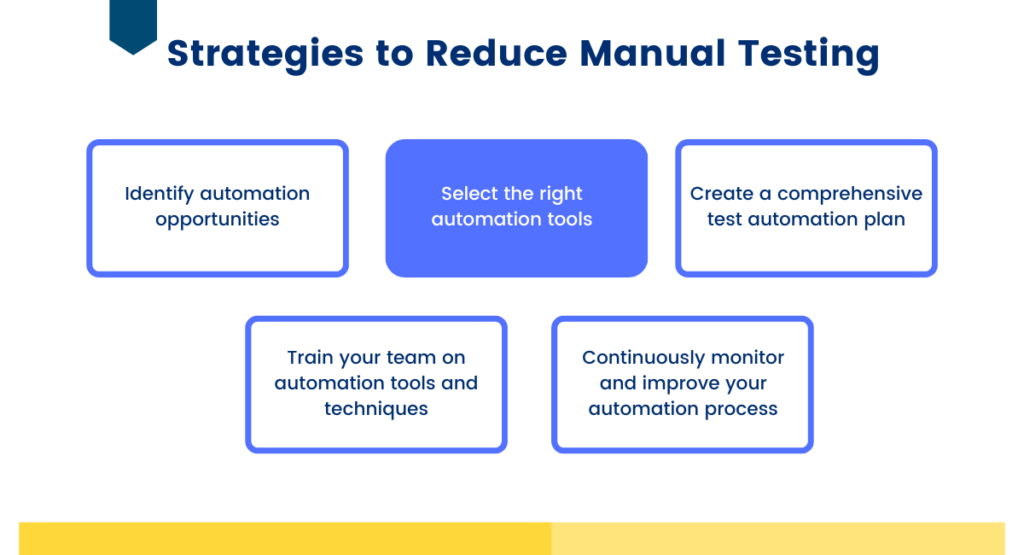Manual testing of software quality is time-consuming and inefficient, leading to delays and increased costs. However, with the right approach, you can streamline your testing process and reduce manual testing by up to 60%.
The rise of automation has revolutionized the testing landscape. Automation tools can perform repetitive testing tasks quickly and accurately, freeing up testers to focus on more complex and strategic testing activities.
This can significantly reduce the time and effort required for testing, leading to faster release cycles and improved software quality.
Benefits of Reducing Manual Testing

Reducing manual testing offers a multitude of benefits, including:
Reduced testing costs:
Automation can significantly reduce the cost of testing by automating repetitive tasks and eliminating the need for manual testers to perform these tasks.
Improved software quality:
Automation can help to improve software quality by identifying and fixing bugs early in the development process.
Faster release cycles:
Automation can help to accelerate release cycles by automating testing tasks and providing faster feedback to developers.
Increased tester productivity:
Automation can free up testers to focus on more complex and strategic testing activities, increasing their productivity and overall value.
Book a Demo and experience ContextQA testing tool in action with a complimentary, no-obligation session tailored to your business needs.
Strategies to Reduce Manual Testing

To effectively reduce manual testing, consider the following actionable steps:
Identify automation opportunities:
Analyze your testing process to identify repetitive tasks that can be automated. Prioritize automation efforts based on the potential time savings and impact on quality.
Select the right automation tools:
Choose automation tools that are compatible with your testing environment and align with your team's skills and expertise. Consider factors such as ease of use, scalability, and integration with existing tools.
Create a comprehensive test automation plan:
Develop a detailed test automation plan that outlines the scope of automation, the tools to be used, and the responsible parties.
Train your team on automation tools and techniques:
Provide your team with the necessary training to effectively use automation tools and techniques. This will ensure that they can maximize the benefits of automation.
Continuously monitor and improve your automation process:
Regularly evaluate your automation process to identify areas for improvement. Update your automation scripts as needed to keep them in sync with changing requirements.
By embracing automation and implementing a strategic approach to testing, organizations can significantly reduce manual testing, leading to improved software quality, faster release cycles, and reduced costs.
Automation is not just a trend; it's an essential tool for organizations that want to succeed in today's competitive software landscape.
You may also be interested in: Coding for Testers: A Strategic Advantage or a Burden? Weighing the Pros and Cons
